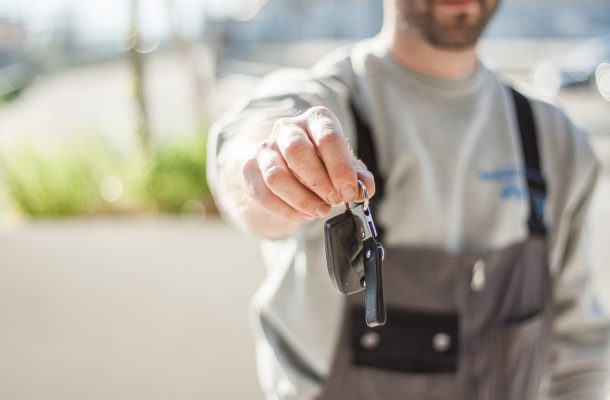Will autonomous cars lead to less car ownership?

The scenario of a homogenous fleet of shared, connected and autonomous vehicles roaming the city, filling in gaps in the timetables and fixed routes of a superior and cheaper public transport network may just be a dream.
Research by University of Sydney Research Fellow, Jennifer Kentfrom the School of Architecture, Planning and Design shows there are definite signs that autonomous vehicles will not lead to less car ownership and less car use in cities.
Austroads recently released a report on autonomous vehicles (AVs) in Australia, presenting possible scenarios for the future. This positive scenario suggests AVs could lead to less car ownership and use.
For this to happen two things are needed: AVs must be shared and not privately owned and must complement a robust public transport system.
However, University of Sydney research however has revealed warning signs refuting this scenario, indicating that Australian’s are not prepared to share their cars; we like owning our own cars and we like our private space.
In 2013 researcher Jennifer Kent interviewed a group of car owners working in suburban Sydney. These people used the car to juggle multiple time commitments and their cars were spaces of climate-controlled comfort and a place to have time alone.
“No matter how well technology matches rides for us, the reality of shared AVs will still feature snippets of downtime.” Ms Kent said.
“Just minutes here and there, a block or two to walk, a trip or two that doesn’t quite match. Not to mention the need to physically share space with strangers. These are a series of compromises to the privacy and autonomy currently associated with car use.
“The other important factor is that current public transport does not support the idea. For AVs to reduce car ownership and use, a useful and reliable transport system is necessary.”
In 2016, Jennifer analysed data from over 300 residents of Oran Park in the southwest of Sydney. Although the newly developed precinct was designed to be navigated by bike and on foot, once residents need to leave their neighbourhood, the car becomes a necessity.
Over 65 per cent of Oran Park residents do not work within the local area and even for those who do, over 95 per cent travel to work in a car* as alternative modes are limited, condemning the precinct to car-dependence.
“Sydney public transport only caters for predictable trips,” explained Ms Kent.
“Yet in reality our transport practices are less predicatable and as a result public transport is marginalised as a mode subordinate to the private car.
“Unless regulation is implemented, AVs may actually herald an increase in the amount we drive. Australia’s transport planners currently have two weapons to temper car use – parking regulation and traffic congestion and AVs immobilise these tools.
“Firstly, parking. AVs don’t need to be parked nearby to their rider – they are designed to park themselves in a free space and as such, positively address the issues of parking challenges, costs and time.
“Secondly, congestion. AVs can ensure that time in the car is more pleasurable and useful; suddenly a traffic jam might not be the worst thing if you could be working, reading or watching a movie.
“The automotive industry is powerful, commanding a product that is cemented in our cities, economies and lives,” Ms Kent concluded.
“Although the face of AVs may change, the industry is unlikely to voluntarily relinquish its hegemony. Its survival depends on growth. We need to be prepared for AVs to enhance, rather than replace, the status quo of car ownership and use.”
Open Forum is a policy discussion website produced by Global Access Partners – Australia’s Institute for Active Policy. We welcome contributions and invite you to submit a blog to the editor and follow us on Twitter, Facebook, Linkedin and Mastadon.













